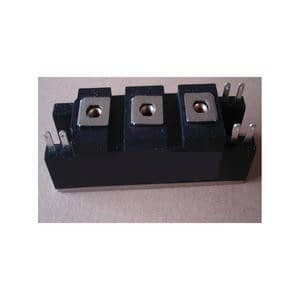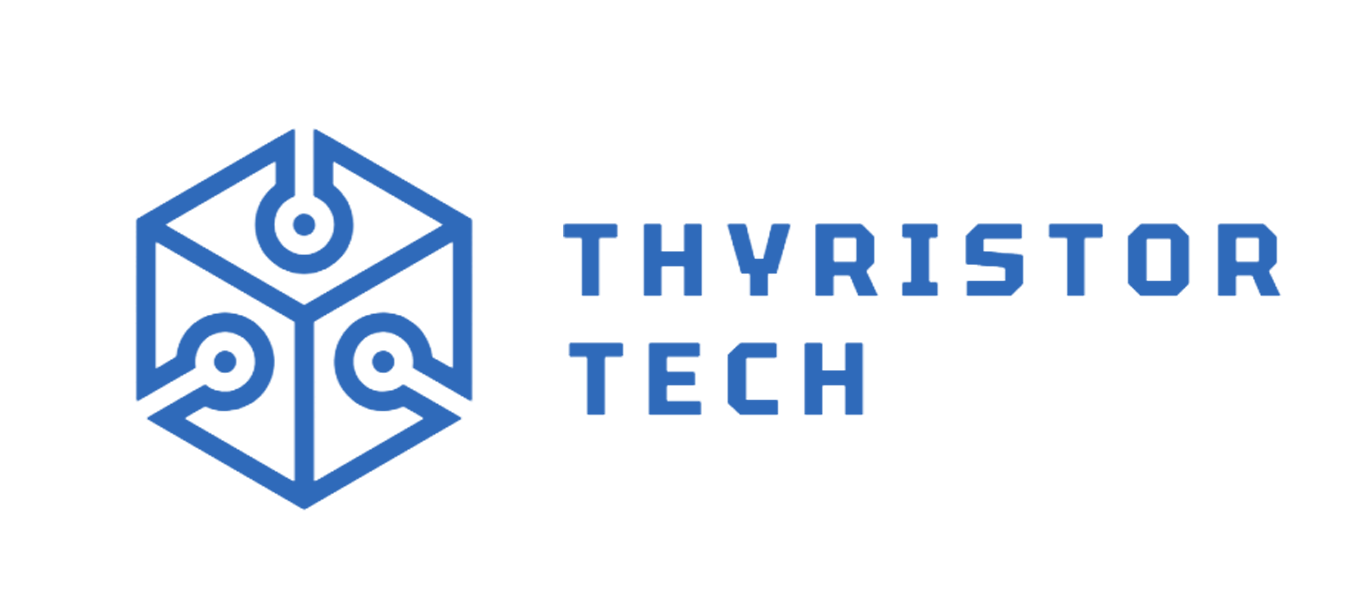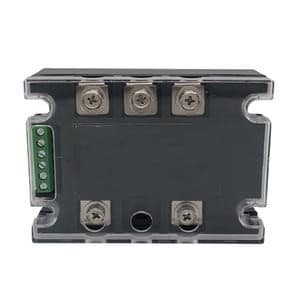Electronic Components Supplier | Transformers, Inductors, Inverters
PRODUCT PARAMETERS
Description
Overview of THYRISTOR MODULES
Thyristor is a solid-state semiconductor device composed of four layers of alternating P- and N-type materials. It functions as a bistable switch, conducting current only when triggered by a gate signal, and remains conducting until the voltage across it drops below a certain threshold. Thyristors are widely used for controlling high-power electrical circuits, offering efficient and reliable performance in various industrial and electronic applications.
Features of THYRISTOR MODULES
- High current and voltage handling capabilities
- Low on-state voltage drop, reducing power loss
- Fast switching speeds for precise control
- Latching behavior: once triggered, remains conducting without continuous gate signal
- Robust and durable design suitable for harsh environments
- Available in various types (e.g., SCR, TRIAC, GTO) for specific needs
(THYRISTOR MODULES)
Specifications of THYRISTOR MODULES
Thyristor modules control heavy power in industrial settings. These semiconductor devices switch high currents reliably. Key specifications define their performance limits. Maximum repetitive off-state voltage (VDRM) is critical. This voltage rating shows the highest voltage the module blocks repeatedly. Never exceed VDRM during operation. The maximum RMS on-state current (IT(RMS)) is equally important. It indicates the highest continuous current the module conducts safely. Average on-state current (ITAV) matters for constant loads. Surge current capability (ITSM) is vital too. ITSM reveals how much peak current the module withstands briefly. This protects against unexpected overloads.
Heat management is essential. The thermal resistance junction-to-case (Rth j-c) measures this. Lower Rth j-c values mean better heat transfer away from the silicon. Maximum junction temperature (Tj max) is the absolute highest temperature allowed inside the device. Staying below Tj max prevents permanent damage. Proper cooling is non-negotiable.
Gate specifications control switching. The gate trigger voltage (VGT) range tells you the voltage needed to turn the thyristor on. Gate trigger current (IGT) defines the necessary current pulse. These values ensure reliable turn-on. Proper gate drive circuits match these specs. Isolation voltage between terminals and the baseplate is crucial for safety. A typical rating is 2500V AC RMS or higher. This prevents dangerous electrical shorts. Leakage current limits are specified under voltage stress. Mounting torque for screws ensures good thermal contact. Follow the manufacturer’s exact values. Over-tightening cracks the ceramic. Under-tightening causes overheating.
(THYRISTOR MODULES)
Applications of THYRISTOR MODULES
Thyristor modules handle serious power. They switch high currents on and off fast. This makes them vital for many industrial jobs. They control big electric motors. Factories use them for precise motor speed regulation. This is critical for conveyor belts and pumps. They manage heating elements too. Thyristor modules adjust power levels accurately. This ensures consistent temperature in ovens or furnaces.
Power supplies rely on these modules. They convert AC power to DC power efficiently. This stable DC power runs sensitive electronics. Uninterruptible Power Supplies (UPS) need thyristors. Thyristor modules provide seamless backup power during outages. They switch power sources instantly. Computers and servers stay running.
Lighting systems use thyristor control. They manage the brightness of large lamps. Think streetlights or stadium lighting. Thyristor modules allow smooth dimming. This saves significant energy. They are also key in static switches. These switches transfer power loads without interruption. Critical facilities depend on this reliability.
Industrial welding machines use thyristor modules. They precisely control the welding current. This ensures strong, consistent welds every time. Battery chargers benefit too. Thyristors manage the charging current effectively. They protect batteries from damage. Renewable energy systems integrate thyristors. They help manage power flow from solar panels or wind turbines into the grid.
These modules are tough. They handle high voltage and high current. They withstand harsh industrial environments. Their reliability is proven. Engineers choose them for demanding power control tasks. They offer a robust solution for switching and regulating large amounts of electricity.
Company Profile
PDDN Photoelectron Technology Co., Ltd. is one of the leading enterprises in power electronics technology and power products, which is fully involved in developing solar inverters, transformers, voltage regulators, distribution cabinets, thyristors, modules, diodes, heaters, and other electronic devices or semiconductors. We will be committed to providing users with high-quality, efficient products and considerate service.
It accepts payment via Credit Card, T/T, West Union, and Paypal. PDDN will ship the goods to customers overseas through FedEx, DHL, by sea, or by air. If you want high-quality THYRISTOR MODULES, please send us inquiries; we will be here to help you.
Payment Methods
L/C, T/T, Western Union, Paypal, Credit Card etc.
Shipment
By sea, by air, by express, as customers request.
Storage Conditions
1) Store in a dry environment at room temperature.
2) Avoid damp and high temperature.
3) Use immediately after opening the inner packing bag.
5 FAQs of THYRISTOR MODULES
What are thyristor modules?
Thyristor modules are power electronic components. They control large amounts of electrical current. Think of them like very strong solid-state switches. They turn power on and off for heavy-duty equipment. They handle high voltages and currents reliably.
What makes thyristor modules special?
Their main job is handling high power levels. They manage thousands of volts and hundreds of amps easily. They switch power very fast when triggered. They are built tough for demanding industrial environments. They last a long time under stress.
Where do people use thyristor modules?
You find them controlling big motors. They regulate speed in industrial drives. They manage power flow in heating systems. They convert AC to DC power efficiently. They are vital in power supplies and renewable energy systems like wind turbines.
How do I pick the right thyristor module?
Look at the voltage rating first. It must exceed your system’s maximum voltage. Check the current rating next. It must handle your peak load current safely. Consider the type of control signal you need. Think about how you will cool it. Factor in the module’s physical size and mounting.
Why is cooling so important?
Thyristors get hot when working. Too much heat damages them. Good cooling keeps them operating reliably. Air cooling with heatsinks works for moderate power. Liquid cooling is better for high-power applications. Proper thermal design is essential for long life.
(THYRISTOR MODULES)
REQUEST A QUOTE
RELATED PRODUCTS
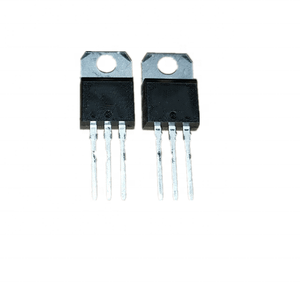
Thyristor Module welding motor control soft start module
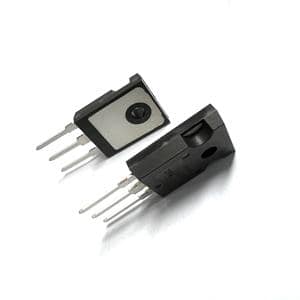
New Suitable For Air Conditioner Thyristor Frequency Transformer IGBT kit
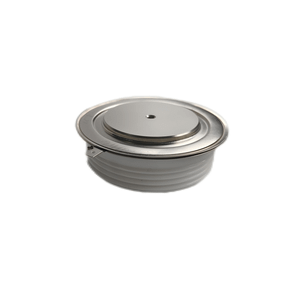
4000W AC220V Electronic Voltage Regulator AC Stabilizer with Thyristor SCR for Temperature Speed Luminosity Control
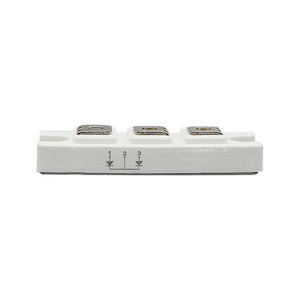
Power Quality Device Advance Capacitor Controller Thyristor Switching Capacitor & Reactor Reactive Power Compensation Cabinet
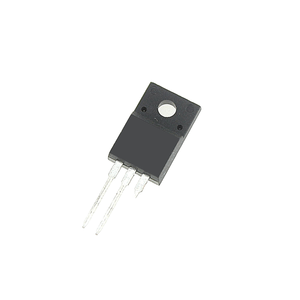
Induction Heating Furnace
